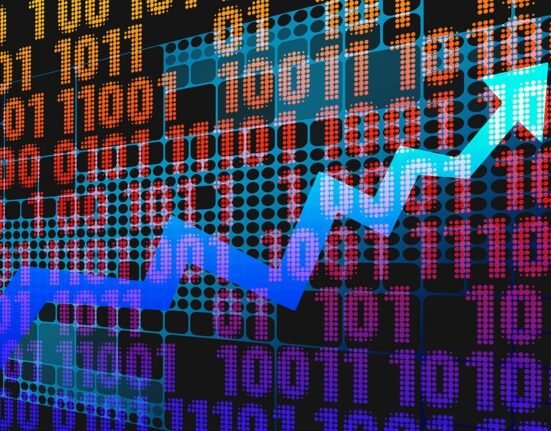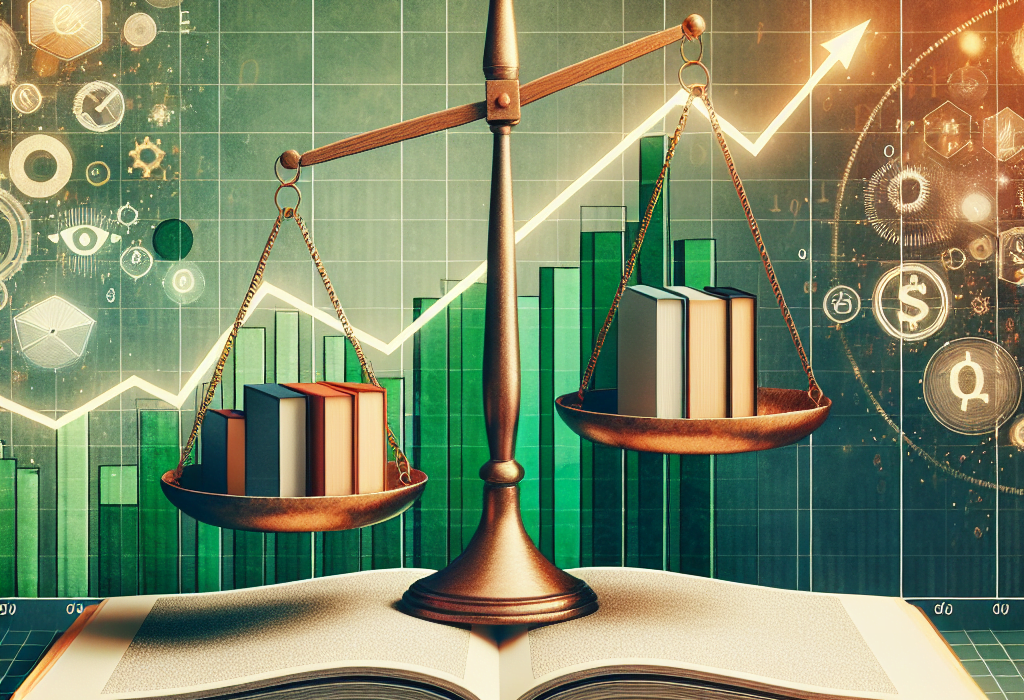<h2>Understanding the Importance of Gross Domestic Product in Economic Analysis</h2>
<p>The Gross Domestic Product, or GDP, is one of the most commonly used economic indicators. It represents the money value of all the finished goods and services produced within a country’s borders in a specific time period. Therefore, GDP provides an economic snapshot of a country, used to estimate the size of an economy and growth rate. This article aims to elucidate the importance of GDP in economic analysis.</p>
<h3>Overview of GDP</h3>
<p>GDP brings together all the output produced by companies, non-profits, and government agencies across a country. The figures are assembled, analyzed, and released by government statistical bureaus. Importantly, GDP includes only those goods and services produced domestically; it does not include goods or services produced abroad. Calculated annually, quarterly, or monthly, GDP measures the economic performance of a country, serving to compare the performance of different economies.</p>
<h3>Components of GDP</h3>
<p>GDP is determined by four significant components—private consumption, public government spending, business private investments, and net exports (exports minus imports).</p>
<p>Private consumption represents consumer spending in the economy. It encompasses purchases of durable goods, non-durable goods, and services. Durable goods are expected to last for more than three years, such as vehicles and appliances; non-durable goods have a lifespan within three years, like food and clothing. Services include such diverse items as health care, education, financial services, and haircuts.</p>
<p>The public sector also contributes to GDP through government spending, which includes infrastructure investments, public salaries, and other public expenses. Business investment amount, which implies the investment into capital goods, is another crucial variable in the calculation. Lastly, net exports bring a more global perspective, considering the effects of trade.</p>
<h3>Significance of GDP in Economic Analysis</h3>
<p>Economic analysis involves interpreting economic data, formulating policies, and solving economic problems. In such analysis, GDP plays a crucial role. GDP provides an empirical gauge of the size, health, and development of an economy. By tracking its movement, analysts can discern whether an economy is expanding—exhibiting more economic activities, or contracting—suggesting a recession or economic slowdown.</p>
<p>GDP becomes particularly relevant in comparing the economic performance across countries. With a universal definition and methodology for GDP, the measure serves as a standardized economic scale. It appreciates the differences between high-income, middle-income, and low-income countries, defining global economic standings. Furthermore, GDP growth offers a measure of economic success, employed extensively by politicians, economists, and analysts to evaluate policies and strategies.</p>
<h3>Limitations of GDP</h3>
<p>As much as GDP is significant, economists also caution its limitations. GDP only accounts for economic activities that involve money; it excludes the informal sector, household tasks, and volunteer work. Also, GDP does not distinguish between productive and destructive activities. For instance, natural disasters may stimulate GDP growth due to increased construction activities, which paints a skewed picture of ‘progress.'</p>
<p>Moreover, GDP does not provide insights into income distribution. Two countries might have similar GDP, but vastly different wealth distributions. Lastly, by focusing solely on economic growth, GDP overlooks environmental concerns and sustainability. An economy can have a high GDP, but that doesn’t imply social welfare, or that it’s environmentally sustainable.</p>
<h3>Conclusion</h3>
<p>In sum, GDP represents a monumental tool in economic analysis, giving a comprehensive viewpoint of an economy’s size, rate of growth, and overall health. It helps in benchmarking economies, devising strategies, and crafting policies. Yet, like any tool, it has limitations—it is not a measure of welfare, overlooks environmental sustainability, and doesn’t account for income inequality. Therefore, while GDP remains central, analysts must also regard other economic, social, and environmental indicators for an encompassing, balanced perspective.</p>
<h2>FAQs</h2>
<h3>1. What does GDP stand for?</h3>
<p>GDP stands for Gross Domestic Product.</p>
<h3>2. How is GDP calculated?</h3>
<p>GDP is calculated by summing up private consumption, public government spending, business private investments, and net exports (exports minus imports).</p>
<h3>3. Why is GDP important?</h3>
<p>GDP is a measure of economic activity within a country. It helps to understand the size, health, and growth of an economy.</p>
<h3>4. Can GDP indicate the wealth distribution in a country?</h3>
<p>No, GDP does not provide insights into how wealth is distributed within a country.</p>
<h3>5. What are the limitations of GDP?</h3>
<p>GDP has several limitations—it doesn’t include non-market activities, doesn’t distinguish between productive and destructive activities, overlooks income inequality, and disregards environmental factors.</p>













